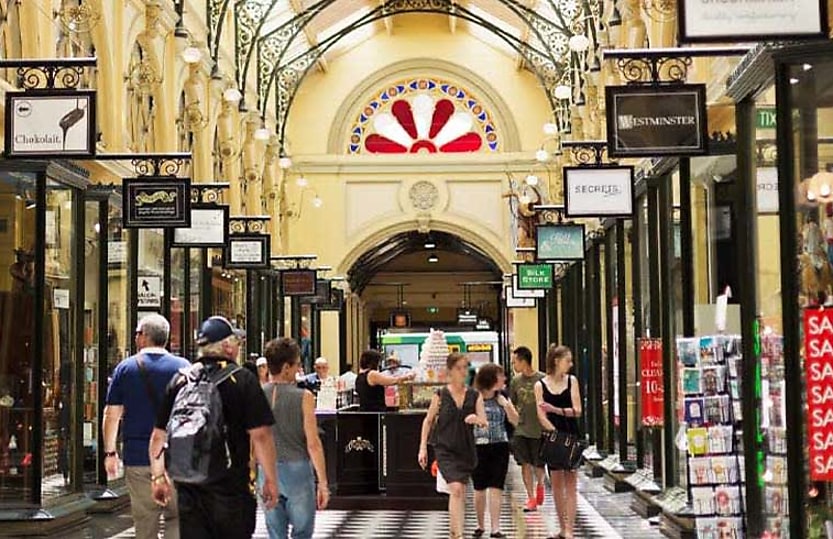Black Friday drives November retail sales to record $36.5bn

ABS data shows a 2 per cent jump as shoppers snapped up discounted discretionary goods.
Bargain hunters came out in force during Black Friday to drive monthly retail sales to $36.5 billion in November and record the biggest monthly rise in two years, according to ABS data.
ABS head of business statistics Robert Ewing said Black Friday had influenced spending patterns with sales down 0.4 per cent in October as shoppers “held back” in anticipation of November discounts.
“Black Friday sales were again a big hit this year,” Mr Ewing said. “Retailers told us that the success of Black Friday sales was boosted by consumers seeking out discounts in response to cost-of-living pressures.”
“Shoppers may have also brought forward some Christmas spending that would usually happen in December.”
The result was November sales rose 2 per cent over October, the most since the same period in 2021, to set an annual increase of 2.2 per cent.
Australian Retailers Association CEO Paul Zahra said the November spending was a boost to retailers that defied the sector’s subdued expectations.
“Shoppers are increasingly feeling the crunch of cost-of-living pressures and interest rate increases, making it a challenging time to be a discretionary retailer,” he said.
“While spending expectations heading into the broader pre-Christmas spending period were subdued, the growing popularity of Black Friday gave retailers some much-needed reprieve with shoppers seeking out bargains amid intense financial pressure.”
Discounts mainly affected discretionary goods, with household goods recording the highest gain of 7.5 per cent, followed by department stores (4.2 per cent), clothing, footwear and personal accessory retailing (2.7 per cent).
However, food-related industries such as cafes, restaurants, takeaway food services and food retailing rose by only 0.4 per cent each.
CreditorWatch chief economist Anneke Thompson said low spending in the food category bucked the familiar pattern.
“Spending in that category is lower than it was in August 2023, which is really unusual. Usually, coming into the summer months and the Christmas period, you see higher turnover in cafes and restaurants, Christmas parties and socialising,” she said.
It showed consumers were still being careful with their purchases, “prioritising” by cutting back where they could and waiting for bargains, which “boded well” for inflation.
Inflation rose in October at an annual rate of 4.9 per cent, down from 5.6 per cent the month prior, prompting the RBA to hold rates steady at 4.35 per cent during its last meeting.
Ms Thompson said the growth in retail trade should be taken in context with data from previous months and seasonal patterns.
“I don't think the RBA would be completely surprised by this,” she said.
“Because spending in cafes, restaurants and takeaway food is dropping and it is dropping at an unusual time, it might give the bank some comfort that despite spending a lot on sales, consumers still have less disposable income.”
About the author







